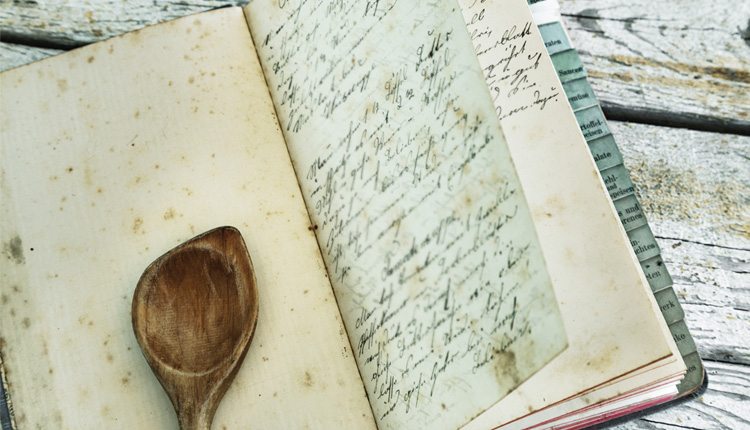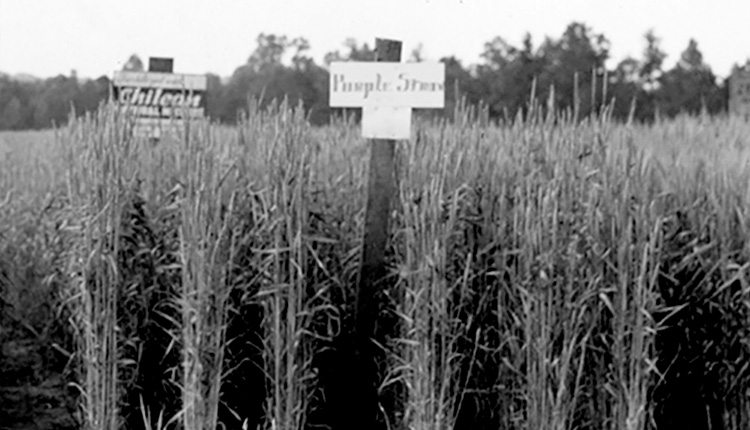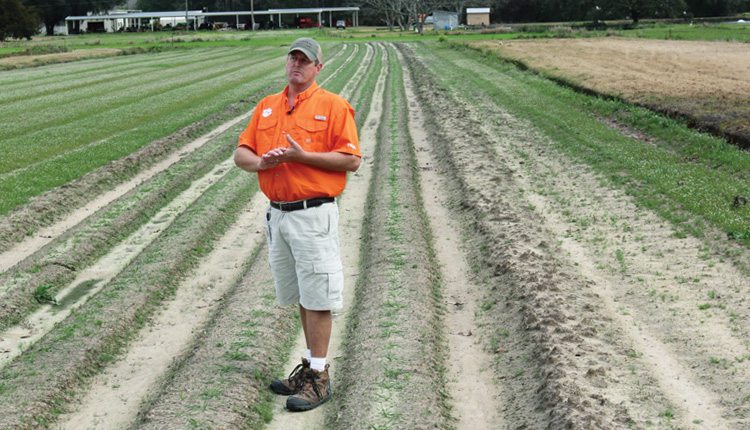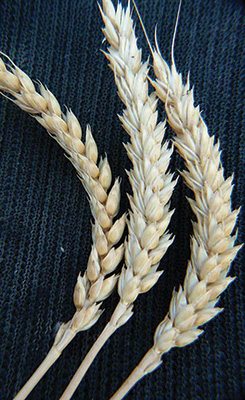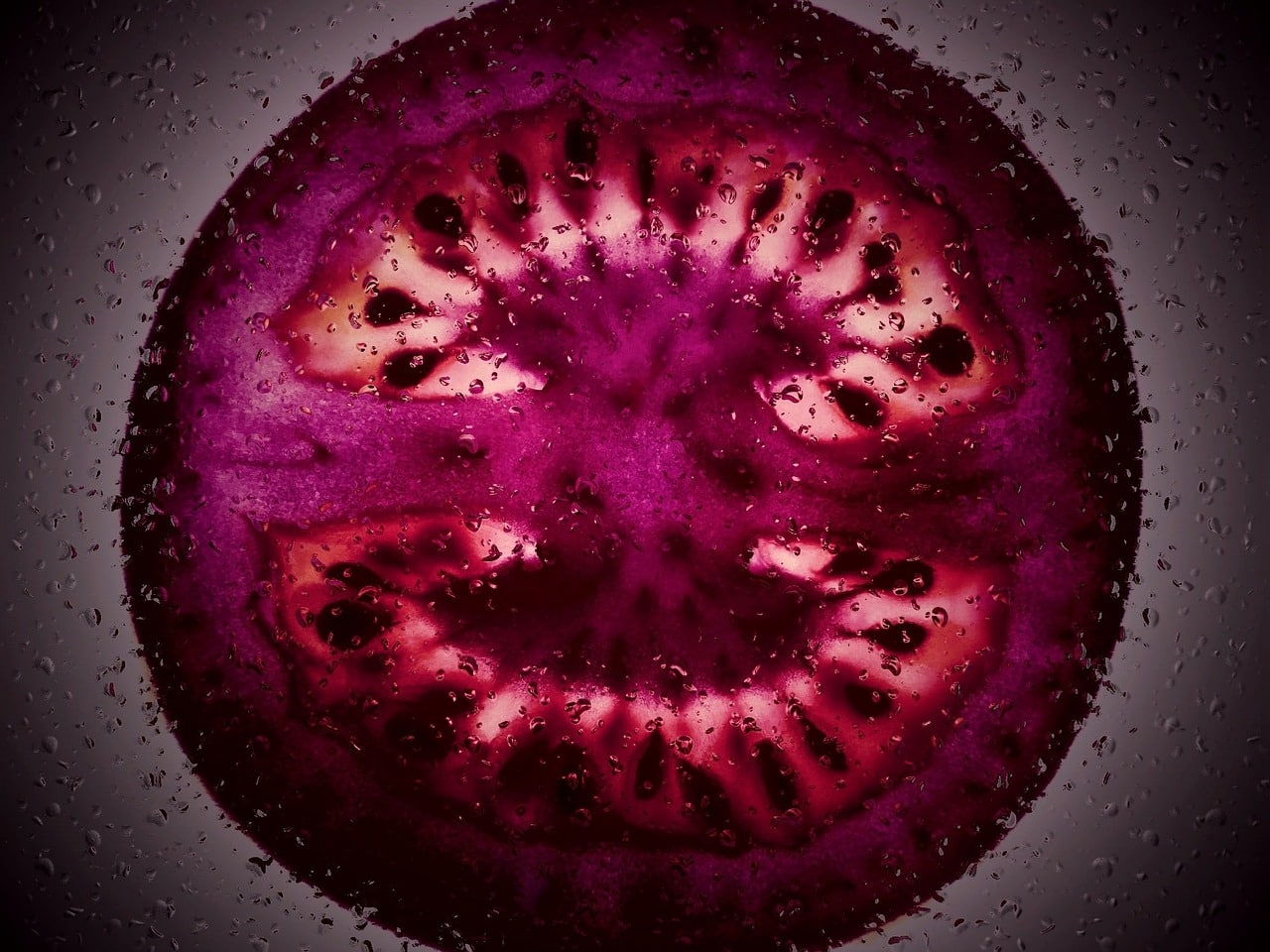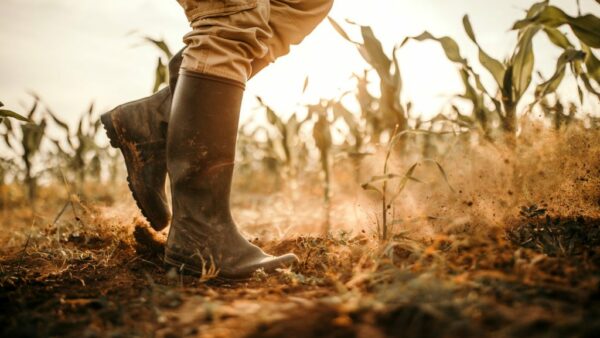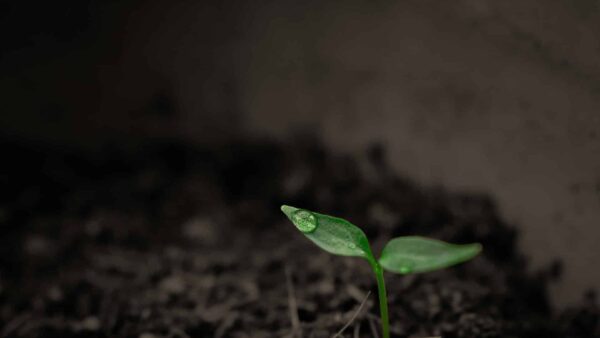From a handful of seeds, a classic American wheat is making a comeback.
You’ve followed precisely the listed ingredients and the directions written generations ago in loopy cursive letters on a now-fragile, stained and yellowed slip of paper.
You’ve closed your eyes and thought back to those hot afternoons in grandma’s kitchen as she cut butter into dough, fighting to recall some step you missed, something she did that you’ve left out.
Try as you might, time and again, your biscuits just aren’t the same. There’s something off in the flavor. They’re good, but they’re not what you remember.
You’re not crazy, and you’re not missing some gene that turned your ancestors before you into amazing cooks. It turns out that no matter how hard you try, you were destined to fail because the ingredients that you painstakingly mix, knead and toil over aren’t the same as the ones grandma used so many decades before.
The Green Revolution, a period from the 1930s to the 1960s in which scientific achievements significantly improved crop yields, saved countless lives. But it came with a trade-off.
When new varieties of high-yielding wheat, for example, were introduced to the open market, growers eagerly adopted them, leaving behind varieties that had been mainstays in their fields for years.
Purple Straw wheat, named for the color of its stem and husk, was one of the varieties that went by the wayside in the 1970s. Known for being low-gluten, high-protein and with a flavor that includes floral overtones, its flour was a staple in southern kitchens, used widely in biscuits and cakes, as well as whiskeys. Its distinct flavor, and the memories associated with it, were all but lost as the supply of seed was down to a batch held by the U.S. Department of Agriculture and rumors of an Amish farmer or two who included it in their fields.
But thanks to the work of the Carolina Gold Rice Foundation and Brian Ward, a plant breeder at Clemson University, it might be worth trying that biscuit recipe again soon. From a quarter of a pound of Purple Straw seed planted last year, Ward expects to have lots of the seed in a couple years, ready to enter the market again for the first time in around 40 years.
Saving Grain
The effort to obtain that scant amount of grain began with the Carolina Gold Rice Foundation, a South Carolina-based organization whose mission is to sustainably restore and preserve Carolina Gold rice and other heirloom grains. David Shields, chair of the organization’s board and a food historian, found references to purple straw in literature and started tracing its history.
Shields found that Purple Straw can be traced back to before the American Revolution — at least to the 1730s — and was a widely grown variety, valued for its durability and wholesomeness.
But progress almost doomed the variety.
“Other more productive wheats began to be pushed out by various university breeding programs, and others began adopting those in the hopes of more tonnage,” Shields said. “That’s not at all unusual in terms of any large-scale grain that has been superseded. When something was introduced that had a clear advantage — great disease resistance, or greater millability, or finer quality of flour — the old wheat would go by the wayside rather quickly.”
The handfuls of Purple Straw seed were entrusted to Ward, who went through a painstaking process to bring it back from the brink.
He employs a practice called “system of crop intensification.” Rather than drilling seeds into the ground two to three inches apart in rows spaced at about seven inches, Ward increased the space between plants to 36 inches, and rows out to 12 inches. The system keeps plants from competing with each other for resources.
“You’re giving each seed all the opportunity for the nutrients, water, root space and light. Our yields can be 10-fold what they can be in a typical planting,” Ward said. “For a seed growout, this is a no-brainer.”
Ward started all the seed in greenhouses and eventually transplanted about 1,200 plants into the field. Another 500 were kept inside in case a weather event damaged the field crops. A small reserve was set aside in case the whole system failed.
In the first year, Ward and his team harvested 145 pounds. He’ll plant around 100 pounds this fall with the hopes of turning it into 2,000 pounds. After another planting, Ward believes he’ll have enough seed to put purple straw back onto the market for any interested growers.
Ancient Grains
There are certainly economic reasons to preserve or resurrect a long-forgotten grain. The health attributes of ancient grains, as well as consumer desires for new-to-them foods, have driven significant sales of grains such as quinoa.
Quinoa, however, isn’t a grain that was lost and then found, said Glenn Roberts, president and CEO of the Carolina Gold Rice Foundation and founder of Anson Mills, a grower and miller of heirloom grains. Now one of the hottest “superfood” grains on the market, quinoa has long been a staple in South America and has been continually grown in the American Southeast for generations.
“‘What’s old is new again,’ could be quinoa’s tagline, joining other heritage grains such as farro and freekeh (both ancient forms of wheat) in the parade of superfoods tantalizing health-conscious eaters,” wrote the Poughkeepsie Journal’s Karen Miltner.
Roberts says quinoa has been so successful in part because it fits well into this consumer trend for something new and exotic, what USA Today referred to as the “quinoa craze”.
“People are eating quinoa because someone told them it was good for them, and it’s tasty, and the story is great,” said Roberts, whose company is not growing or selling Purple Straw.
He adds that Purple Straw wheat was lost and has been found, and that’s an even better story. Add to that the fact that it’s a nutritious grain, and the appeal should be widespread.
“You’re kind of eating in a time machine. You’re nourishing yourself in another era,” Roberts said. “The demand for something like this — if the story really has integrity, that had a presence in the colonial era to the modern times — is vertical, especially at the beginning.”
Shields believes the story is indeed there for Purple Straw wheat. It stood the test of time, succumbing not to pests, disease or the climate, but to a need for higher yield. It was prominent until the 1970s because it tasted good, and that was a sign of good nutrition to many people who worked for centuries to improve their foods through breeding and selection processes.
“Landraces were shaped over long periods of time, and their antiquity goes back in some cases thousands of years. These grains were bred for flavor, because flavor was — in preliterate societies — the signature of nutrition. It was the assurance you were getting what you needed to survive,” Shields said. “You are getting the wisdom of a population that survived and grew wheat for a millennium or hundreds of years.”
The Science of it All
Purple Straw has the romantic story of a food lost and found, and could be a crop that offers economic opportunity for farmers. It also has, locked within itself, a host of genes that one won’t find within many of the modern hybrids that dominate wheat fields around the world.
Lee Hickey, a research fellow at the University of Queensland’s Alliance for Agriculture & Food Innovation, tracks down landrace grains to find the genes that have been left behind. Standard breeding processes focus narrowly on specific traits, such as yield, and the genes that confer those traits are selected for. Others are lost.
“There’s a lot of inbreeding, and if you’re not selecting for every single trait that might be important in the future, you might be losing genetic diversity for those traits,” Hickey said.
Hickey is working with 300 wheat varieties from Russia that had been preserved in seed banks and comparing them with modern hybrids. He is seeing that the modern varieties have many genes in common, whereas the landraces have a much larger array of genes and novel alleles.
“I’m interested in mining these old historical varieties for more useful genes to plug into modern varieties to make them stronger or more drought tolerant,” Hickey said. “They’re almost like a treasure chest of genetic diversity, essentially because they didn’t go through this intense selection breeding process we’ve gone through over the last 60 to 80 years.”
Hickey said Purple Straw would be an interesting candidate because, like the others he studies, it has stood the test of time, and its genetics certainly played a role in that.
“We face a great challenge in feeding a growing population of nine billion to 10 billion by 2050,” Hickey said. “At the current rate, we’re not on pace to meet those demands. We need more genetic diversity to tackle these problems, and these varieties are a great place to start.”


